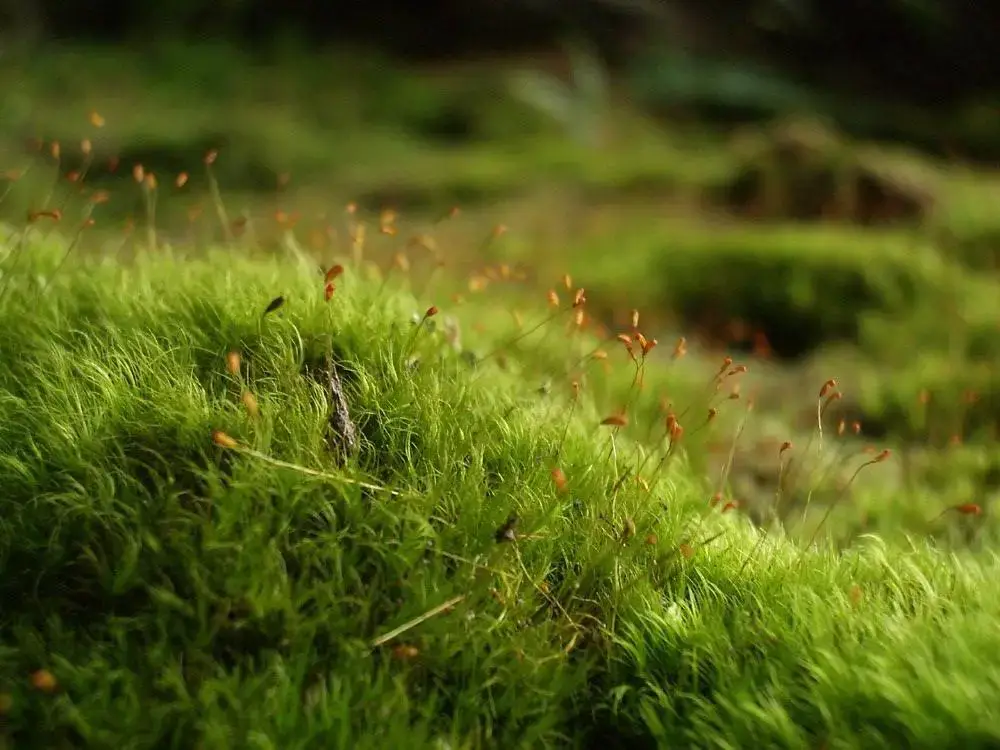
Dicranella_heteromalla_IMGP0110.jpg from: https://blogs.ubc.ca/biology321/?page_id=4825
Introduction
In the vast and captivating world of bryophytes, the
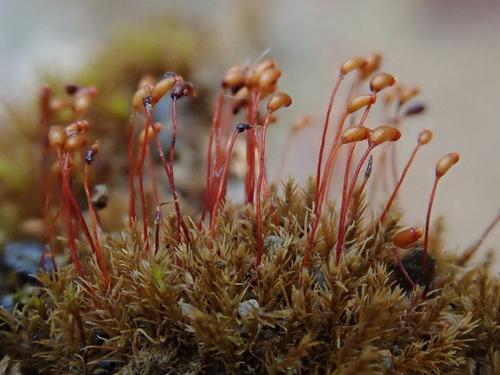
medium.jpeg from: https://www.inaturalist.org/taxa/129630-Dicranella-varia
Dicranella varia (Hedw.) Schimp. moss stands out as a remarkable member of the Dicranellaceae family. Often referred to simply as Dicranella, this unassuming yet fascinating moss has captured the hearts of enthusiasts worldwide with its unique characteristics and ecological significance.
Background
Before delving into the intricacies of Dicranella varia, it’s essential to understand the broader context of bryophytes. These non-vascular plants, which include mosses, liverworts, and hornworts, are often overlooked but play a crucial role in various ecosystems. They are among the oldest land plants on Earth, dating back to the Paleozoic era, and have adapted to thrive in diverse environments.
Main Content
Morphology and Identification
Dicranella varia is a small, acrocarpous moss that forms dense, cushion-like tufts or mats. Its leaves are lanceolate to ovate-lanceolate in shape, with a distinctive midrib that extends beyond the leaf apex, forming a short awn or hair-like projection. The leaf margins are often finely toothed or entire, and the leaf cells are elongated and smooth.
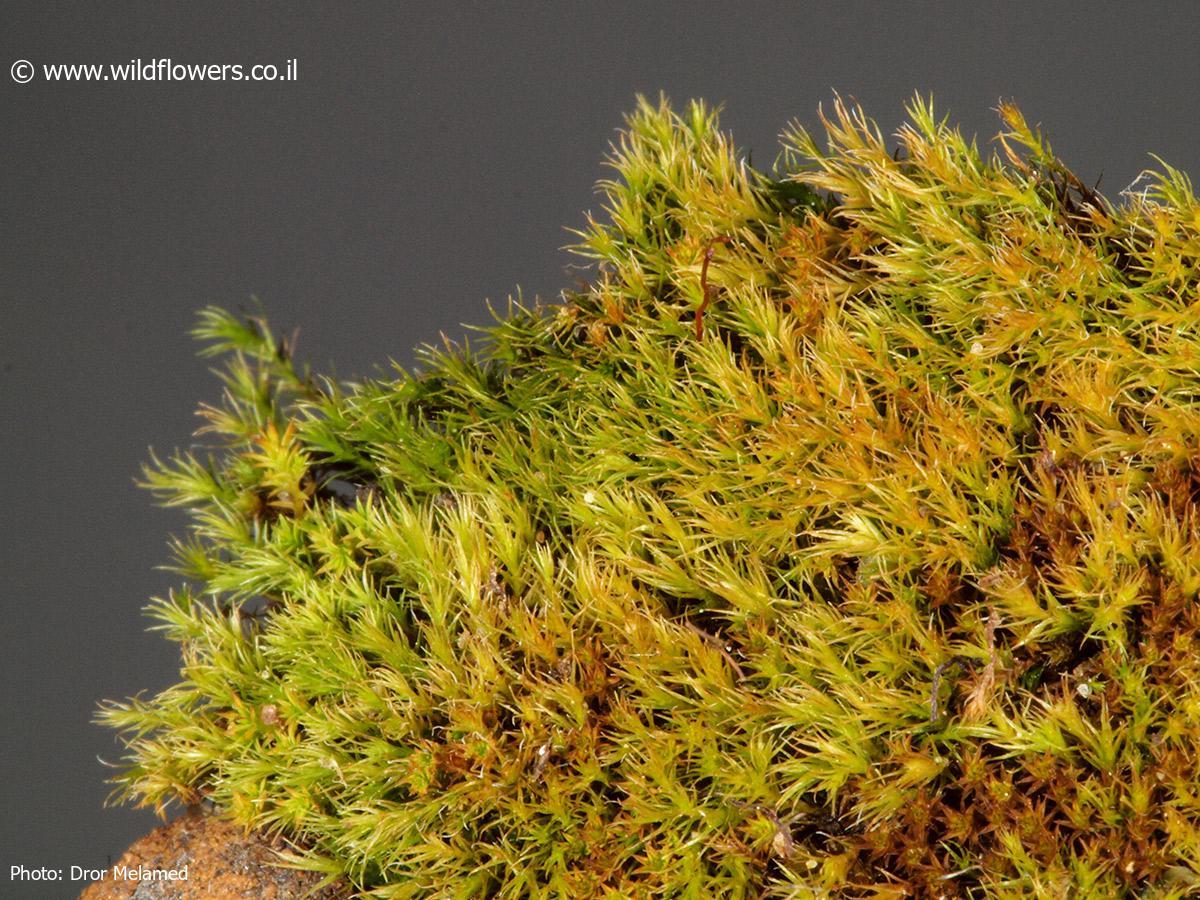
3293-l-4.jpg from: https://www.wildflowers.co.il/hebrew/picture.asp?ID=19598
One of the most striking features of Dicranella varia is its distinctive capsule, or sporophyte. The capsule is erect, cylindrical, and often curved or bent, giving it a unique appearance. The operculum (lid) is long and oblique, and the peristome (tooth-like structures) is well-developed, aiding in spore dispersal.
Global Distribution and Habitat
Dicranella varia is a cosmopolitan species, meaning it can be found on almost every continent. It thrives in a wide range of habitats, from moist and shaded areas to exposed, disturbed sites. This moss is commonly found growing on soil, rocks, tree bases, and even on decaying wood or bark.
While Dicranella varia is widely distributed, it is particularly abundant in temperate and boreal regions of the Northern Hemisphere. Its ability to tolerate a variety of environmental conditions has contributed to its widespread distribution and success as a pioneering species.
Ecological Roles and Adaptations
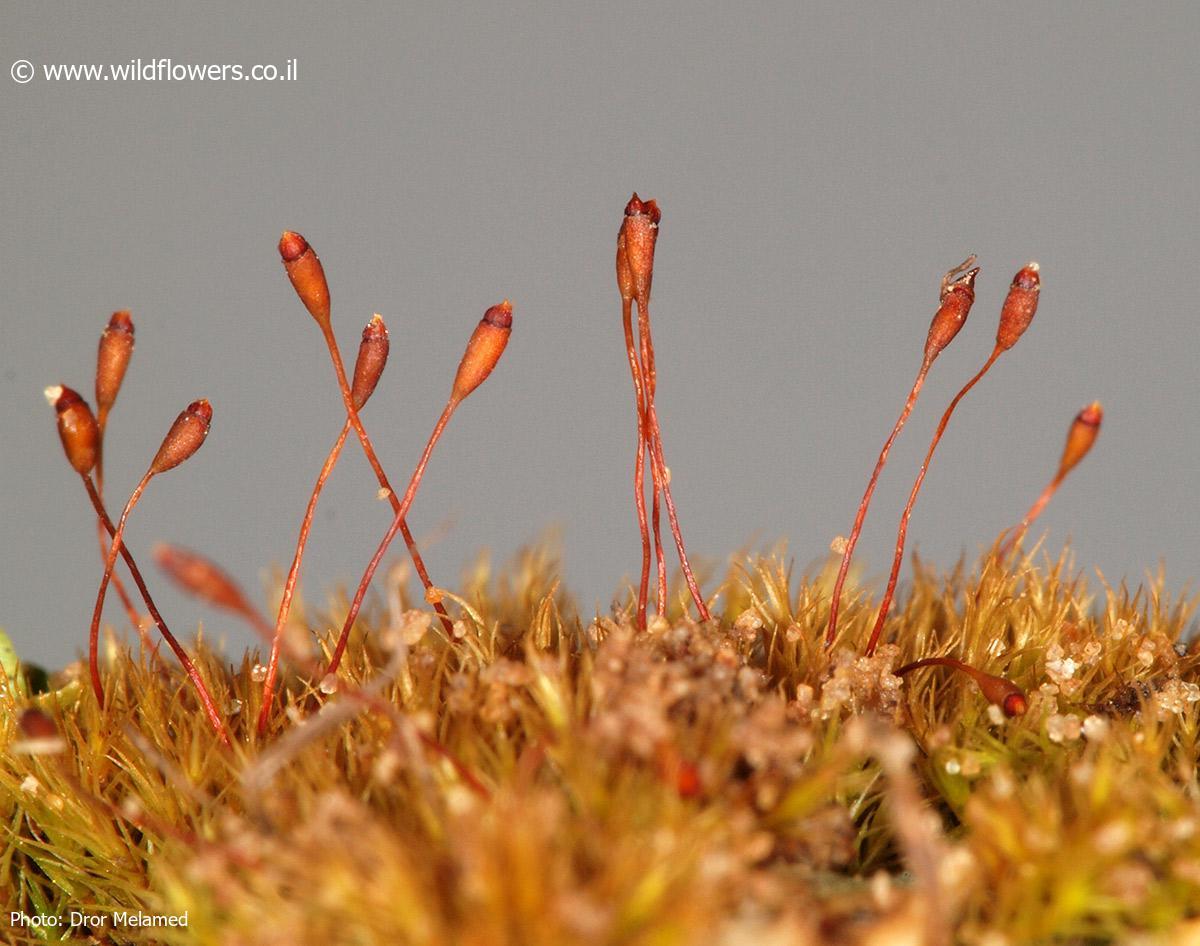
3293-l-1.jpg from: https://www.wildflowers.co.il/hebrew/picture.asp?ID=19595
Despite its small size, Dicranella varia plays a significant role in various ecosystems. As a primary colonizer, it helps stabilize and enrich soils, creating favorable conditions for other plants to establish themselves. Additionally, it provides microhabitats for numerous invertebrates, contributing to the overall biodiversity of an area.
One of the remarkable adaptations of Dicranella varia is its ability to withstand desiccation. During dry periods, the moss can enter a state of dormancy, curling its leaves inward to minimize water loss. When moisture returns, it quickly revives, demonstrating its resilience and ability to thrive in challenging environments.
Case Studies/Examples
Dicranella varia has been the subject of numerous scientific studies, highlighting its ecological importance and adaptations. For instance, researchers have investigated its role in soil stabilization and nutrient cycling in disturbed areas, such as abandoned mines or construction sites.
Additionally, Dicranella varia has been used as a bioindicator species, providing insights into environmental conditions and pollution levels. Its sensitivity to certain pollutants makes it a valuable tool for monitoring air quality and assessing the impact of human activities on ecosystems.
Technical Table
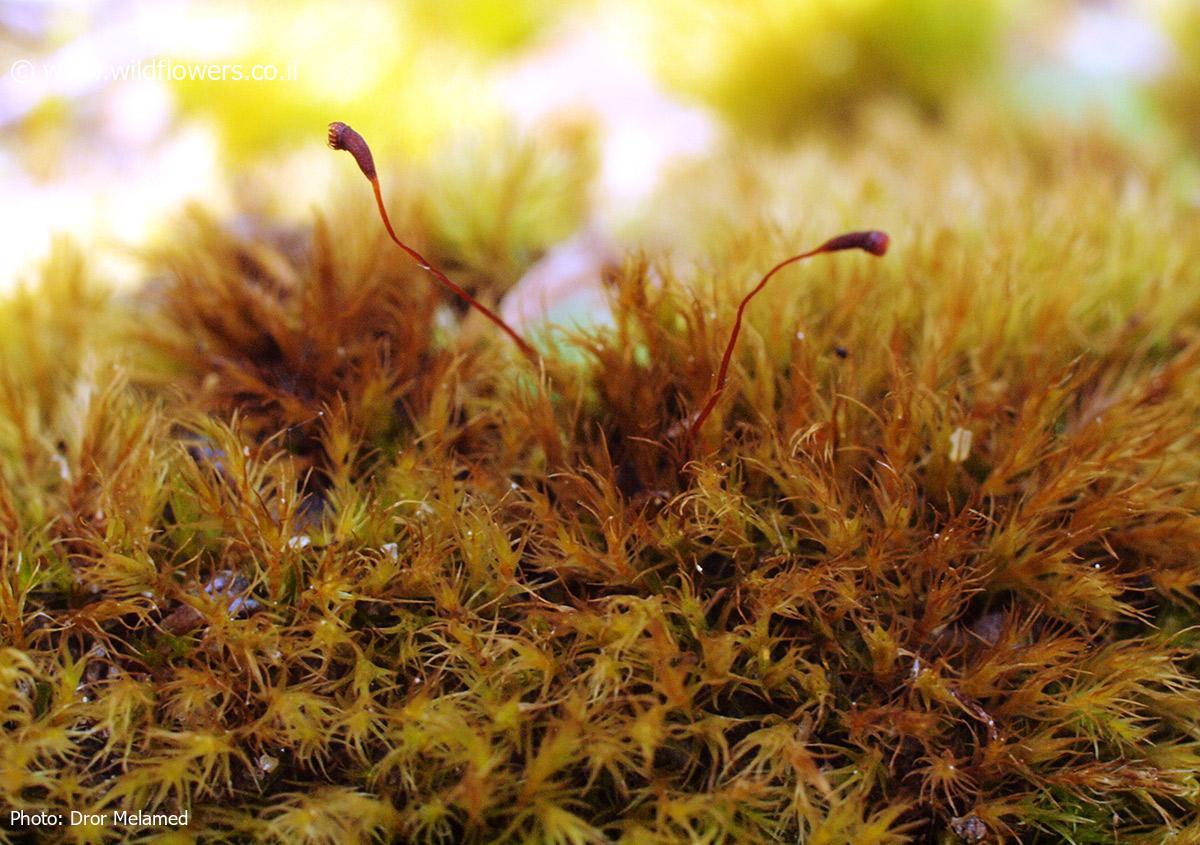
3293-l-6.jpg from: https://www.wildflowers.co.il/hebrew/picture.asp?ID=19600
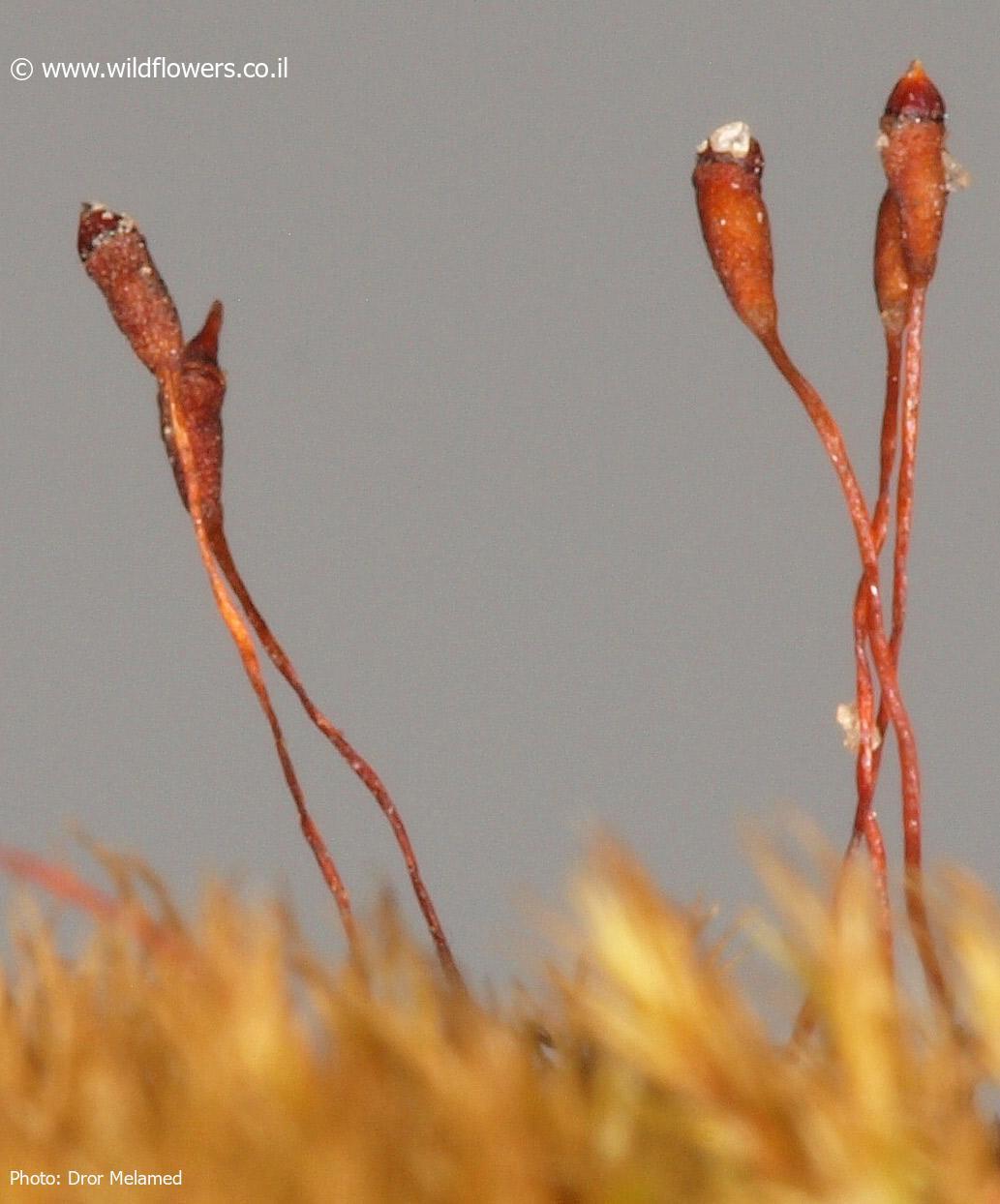
3293-l-2.jpg from: https://www.wildflowers.co.il/hebrew/picture.asp?ID=19596
| Characteristic | Description |
|---|---|
| Phylum | Bryophyta |
| Class | Bryopsida |
| Order | Dicranales |
| Family | Dicranellaceae
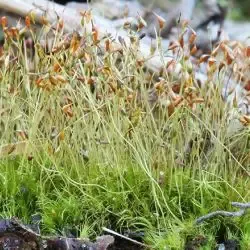 a9436834cd3a2283d85419fed7c1e623.jpg from: https://www.asturnatura.com/especie/dicranella-heteromalla |
| Genus | Dicranella |
| Species | Dicranella varia (Hedw.) Schimp. |
| Growth Form | Acrocarpous, cushion-like tufts or mats |
| Leaf Shape | Lanceolate to ovate-lanceolate |
| Leaf Margin | Finely toothed or entire |
| Midrib | Extending beyond leaf apex, forming a short awn |
| Capsule | Erect, cylindrical, often curved or bent |
| Operculum | Long and oblique |
| Peristome | Well-developed |
Conclusion
The Dicranella varia (Hedw.) Schimp. moss, a member of the Dicranellaceae family, is a true marvel of nature. Its ability to thrive in diverse environments, its unique morphological features, and its ecological significance make it a fascinating subject for enthusiasts and researchers alike. As we continue to explore and appreciate the intricate world of bryophytes, Dicranella varia serves as a reminder of the incredible diversity and resilience found in even the smallest of organisms.
Ponder this: In a world where we often overlook the seemingly insignificant, what other wonders might we be missing, waiting to be discovered and appreciated?